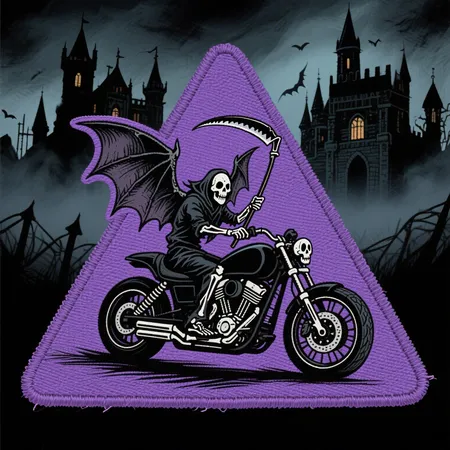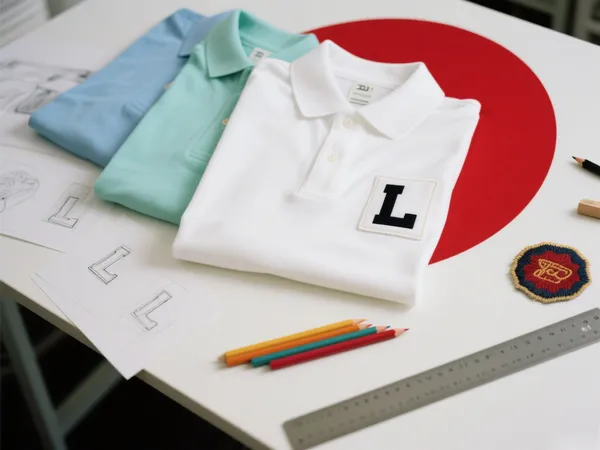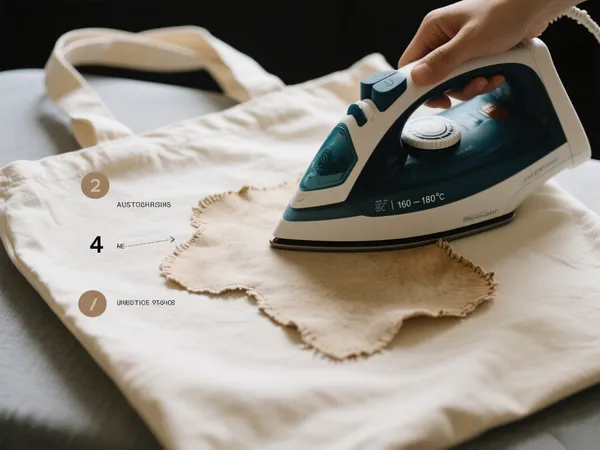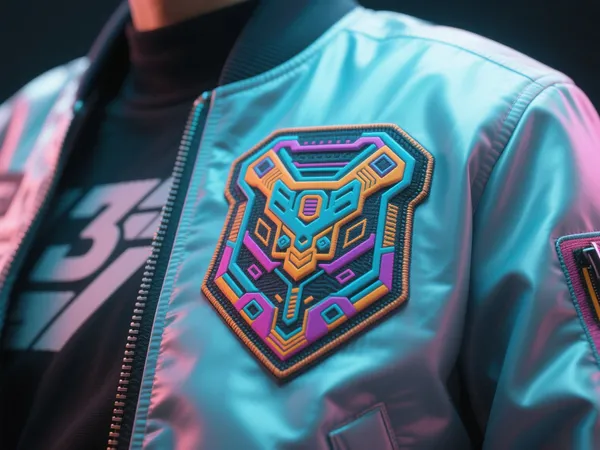Pocos símbolos son tan icónicos en la cultura de las motocicletas como el parche de motociclistaEstos parches son más que simples elementos decorativos cosidos en un chaleco de cuero o mezclilla: son emblemas de identidad, historia, camaradería y autoexpresión. Ya sea que los usen miembros de clubes de motociclistas, motociclistas independientes o aficionados ocasionales, parches de motociclista Dicen mucho sobre las afiliaciones, los logros y las creencias personales del ciclista.
En este artículo, exploraremos qué hace que los parches de motociclista sean tan importantes, los diferentes tipos que verás comúnmente en un chaleco de motociclista y cómo diseñarlos. parches de motociclista personalizadosy una importante etiqueta de parche que todo motociclista debe conocer.

¿Qué son los parches de motociclista?
Parches de motociclista Son símbolos bordados o tejidos, a menudo adheridos a chalecos o chaquetas de motociclista. Estos parches pueden representar la pertenencia a un club de motociclistas, conmemorar un evento o una manifestación específica, o simplemente expresar la personalidad, el humor o los valores de quien los porta.
A lo largo de las décadas, parches de motocicleta Se han vuelto esenciales para representar visualmente la cultura motera. Si bien algunos parches representan la pertenencia formal a una organización motera, otros son completamente personales y artísticos. La versatilidad y el poder narrativo de estos parches los hacen atemporales y únicos.
Los diferentes tipos de parches de motociclista
Para el ojo inexperto, un chaleco de motociclista podría parecer una mezcla caótica de parches. Pero en realidad, cada pieza suele tener una función y un significado definidos. Aquí están los principales tipos de... parches de motocicleta y lo que típicamente representan:
1. Parches de club (parches de tres piezas)
Estos son quizás los más reconocibles. Un parche tradicional de club se compone de tres partes: un rocker superior (nombre del club), un parche central (logotipo del club) y un rocker inferior (territorio o capítulo). Los clubes suelen añadir un pequeño parche "MC" para indicar "Motorcycle Club".
Estos parches son exclusivos para los miembros del club y siguen protocolos estrictos en cuanto a diseño, colocación y permiso.
2. Parches de una pieza
Suelen ser usados por jinetes independientes o clubes de equitación (RC). Suelen tener un solo logotipo y no reclaman territorio, lo que los hace aceptables para jinetes ocasionales o grupos que no pertenecen a clubes.
3. Parches de eventos o manifestaciones
Estas conmemoran la asistencia a eventos de motociclismo, viajes por carretera o concentraciones de motos. Considérelas insignias de honor que representan las aventuras del motociclista.
4. Parches de rango o título
Dentro de los clubes, parches como “Presidente”, “Vicepresidente” o “Sargento de Armas” designan roles de liderazgo.
5. Parches de motociclista personales o personalizados
Pueden ser humorísticos, inspiradores, políticos o simplemente peculiares. Permiten a los motociclistas expresar su personalidad, contar chistes o rendir homenaje a sus creencias personales.

Diseña tus propios parches de motociclista personalizados
Para aquellos que no están afiliados a un club de motociclistas oficial, crear parches de motociclista personalizados Es una excelente manera de expresar individualidad y orgullo por el estilo de vida ciclista. Aquí tienes algunos consejos para diseñar el tuyo:
- Elige un tema: Ya sean calaveras, alas, llamas, banderas o lemas, elige elementos que resuenen con tu personalidad o tu historia ciclista.
- Considere el tamaño y la ubicación: El panel trasero de un chaleco es ideal para un parche grande, mientras que los parches más pequeños funcionan mejor en el frente, el pecho o los hombros.
- Material y técnica: Los parches bordados ofrecen un aspecto texturizado clásico, mientras que los parches tejidos permiten detalles finos. Los parches de PVC y cuero son alternativas duraderas.
- La durabilidad importa: Opte por parches que sean resistentes a la intemperie y que no se decoloren ni deshagan con el tiempo y la exposición a los elementos.
Con la tecnología actual, diseñar y ordenar parches de motociclista personalizados Comprar en línea es más fácil que nunca. Muchos proveedores ofrecen herramientas de diseño y descuentos por volumen.

Etiqueta de parches: qué debes saber antes de coser
Si bien se fomenta la expresión personal, la cultura del parche tiene reglas tácitas, especialmente cuando involucra clubes de motociclistas.
A continuación se presentan algunos consejos esenciales sobre qué hacer y no hacer:
- No imite los diseños de parches de MC: Usar un conjunto de parches de tres piezas (balancín superior, logotipo central, balancín inferior) sin afiliación a un club puede causar confusión o incluso ofensas, especialmente en áreas donde los clubes de motociclistas tienen una fuerte presencia.
- No reclames territorio: Si no estás en un club, evita agregar un rocker inferior con un estado o región.
- Respete los clubes existentes: Nunca copie o altere el logotipo de otro club, ni siquiera en broma.
- Pida permiso (si es necesario): Si montas en grupo o en una zona dominada por un club, es respetuoso preguntar antes de usar estilos similares.
Comprender y seguir la etiqueta del parche no solo lo mantiene seguro, sino que también muestra respeto por las tradiciones profundamente arraigadas de la cultura motociclista.

Por qué los parches de motociclista siguen siendo importantes
Incluso en un mundo cada vez más digital, el atractivo de parches de motociclista Se mantiene fuerte. Crean conexiones tangibles y reales entre los ciclistas. Honran a los amigos caídos, celebran los kilómetros recorridos y sirven como herramientas portátiles para contar historias.
Para muchos motociclistas, su chaleco es como un lienzo: toda una vida de viajes, relaciones y revelaciones unidas en tela e hilo.
Reflexiones finales
Los parches de motociclista son mucho más que accesorios de moda. Representan la historia, la libertad y la rebeldía que definen el espíritu motociclista. Ya sea que viajes en grupo o en solitario, los uses por orgullo o por humor, cada parche que muestres formará parte de tu identidad motera.
Al respetar la cultura y pensar en los parches que usas, no solo usas un chaleco, sino que llevas tu historia. Así que la próxima vez que veas un motociclista con parchesRecuerda: detrás de cada puntada hay un viaje.



